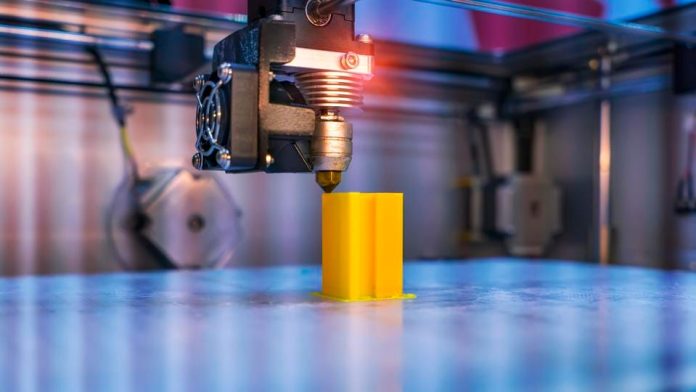3D printers can be employed in a broad range of manufacturing applications. We frequently discover that when it comes to print quality, resin 3D printers are the best for our needs. Though it is also important to note that, while quality is always crucial, it is not enough. We also need 3D printers that can work at reasonable rates and deliver reasonable throughput. Many prominent corporations, like General Electric, Stryker, and Adidas, have adopted large-scale 3D printing to make complicated parts. To understand how 3D printing may benefit us, we must first grasp what 3D printing is and how we can utilize 3D printers. It is also important to look at how we can choose between different printers and explore the future of the 3D printing industry.
What is 3D Printing?
3D printing is the process of releasing materials, layer by layer, to create a three-dimensional product using a specialized “printer.” It is an additive process in which the material is continuously added until the design is complete. Layers of material are added on top of an existing object, like how an ink printer adds ink to a piece of paper. The final product is created by the machine using liquified metal or plastic. The printer builds parts automatically, utilizing files generated by specialized design software. This means we can design a product on a computer, send the design file to a 3D printer, and watch as the physical object is created in real time.
How We Can Use 3D Printers
There are several ways that 3D printers can be used in manufacturing. We can use 3D printing to produce a prototype that is easy to mass produce. This means we can fix design issues before going to full-scale manufacturing. We can also see how the pieces look and fit together before committing to a full production run, which saves us time and money in the long run. 3D printing represents a cost-effective and efficient method of producing both small and large quantities of parts. 3D printing can support us as we produce complex parts that would be difficult to produce using other methods.
Choosing Between 3D Printers
When it comes to investing in a professional resin 3D printer capable of generating high-resolution parts, we want to make sure we get the proper printer for our needs. When it comes to print quality, resin 3D printers are the best. However, without speed and throughput, 3D printers will be impractical for us. When picking a 3D printer, we must grasp what we want to print, what capabilities we need in our printer, and at what scale we want to print. Two major resin 3D printers currently on the market that we could compare are Formlabs vs Nexa3D. We might look at the build capacity, build duration, and model resin cost of each 3D printer. In other cases, we might look at the printer’s laser size, build materials, or the number of moving axes it has. Finally, we should consider the software that we will use to run the printer.
What Will the Future of 3D Printing Look Like?
Manufacturing experts and investors believe that 3-D printing is finally achieving a commercial breakout. In recent years, there have been various examples of corporations adopting 3D printing to make specific parts. 3-D printing is used by General Electric to make jet engine fuel nozzles, while Adidas creates lattice soles for high-end running shoes. 3-D printers are also used to create medical technology. Stryker has been producing 3-D printed spinal implants, as well as emergency supplies such as face shields and ventilator parts.
Experts believe that the potential for 3D printed items goes beyond a small handful of niche products. The global 3-D printing market is likely to increase to roughly $45 billion by 2026. Furthermore, additive manufacturing promises several environmental benefits. Traditional production methods such as casting, forging, and cutting generate significantly more waste than 3D printing. For some metal parts, 3-D printing can reduce material costs by 90% and energy consumption by 50%. Experts believe 3D printing can considerably reduce the ultimate cost of manufacturing specialty parts. If we have ever considered investing in a 3D printer, right now is a great time to do so.




